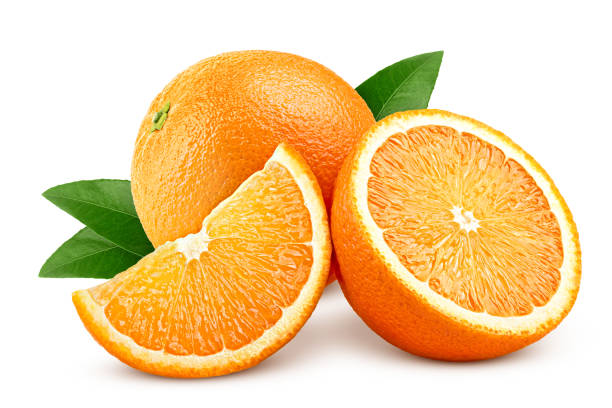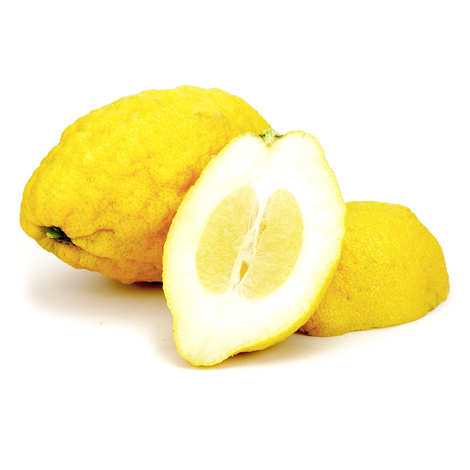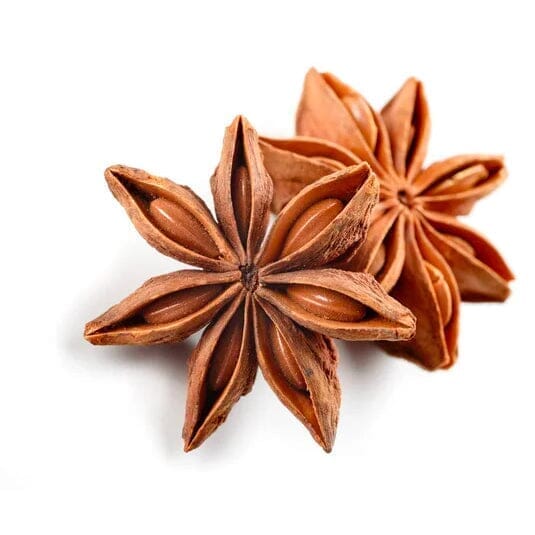What does the word "lime" mean?
The lime, scientifically called Citrus aurantifolia, belongs to the citrus family. Its name comes from the Persian, where "limu" means lemon. Unlike the lemon, the lime is smaller and has a thin, dark green skin; its flesh is juicy and acidic.
In the beginning…
Lime has a long history dating back to ancient times. First cultivated in India and Malaysia, it was introduced to Europe by the Arabs during the Middle Ages. Over time, its popularity grew, and it was widely used in cooking, traditional medicine, and even perfumery.
In the 18th century, the British Royal Navy began using lime juice to prevent scurvy among sailors. Today, lime is a staple ingredient in many dishes and drinks around the world, from the famous margarita to Mexican guacamole. Its distinctive flavor and fresh aroma continue to make lime one of the most beloved citrus fruits of all time.
Lime was originally used in perfumery for its distinctive, refreshing scent. Over the centuries, perfumers discovered that its lively, tangy essence brought a sparkling and energizing note to fragrance compositions. The intoxicating scent of lime was prized for its power to stimulate the senses and bring a feeling of freshness and vitality. Thus, lime has become a staple ingredient in many perfumes, adding an invigorating and exotic touch to these olfactory creations.
Lime cultivation
It is primarily cultivated in tropical regions of the world, such as India, Brazil, and the Caribbean, which offer a warm and humid climate conducive to its growth. Lime trees require well-drained, nutrient-rich soil to thrive, and they must be protected from cold temperatures. These raw materials are harvested by hand when they are ripe, which usually occurs in summer. Lime-producing regions are therefore primarily those with the ideal climatic conditions for its cultivation. Limes are now an essential ingredient in many dishes and drinks around the world, and their cultivation continues to expand to meet the growing demand.
Planting limes is a delicate process that requires specific climatic conditions for successful cultivation. Lime trees require well-drained, nutrient-rich soil and a warm, humid climate to thrive. Tropical regions of the world, such as India, Brazil, and the Caribbean, are the primary producers of limes due to their favorable climate. The trees are also susceptible to frost and must be protected during low temperatures. Developing their use has required delving into history to find recipes and extraction methods that perfectly capture the unique fragrance of limes. The fruits are hand-harvested when ripe , usually in summer , and are sorted and packaged for shipment worldwide. Growing limes is a meticulous and demanding process, but when the conditions are just right, it produces juicy, flavorful fruits that are perfect for a variety of dishes and drinks, as well as medicinal and fragrant uses.
What did you know about lime in perfumery?
The processing and transformation of limes are crucial steps in ensuring the quality of the oil. Once harvested, the fruits are cleaned and sorted to remove impurities and select the best specimens. Next, the zest is extracted using a cold-pressing process that preserves all the olfactory properties of this raw material. The resulting essential oils are then filtered and stored in optimal conditions to preserve their quality. Perfumers then use these oils in their creations, combining them with other ingredients to create unique and harmonious compositions.The lime olfactory family is generally classified as citrus or hesperidic, but it can also be found in the olfactory families of fruity perfumes, green perfumes, and colognes. Its aromatic profile is marked by intense citrus notes, which evoke freshness and liveliness. Lime essential oils are also characterized by herbaceous and slightly floral notes, which give them a highly sought-after olfactory subtlety and complexity.
In perfumery, lime is an ingredient often used to bring a sparkling and invigorating freshness to compositions. It is commonly paired with citrus accords, providing a sensation of bright and tangy citrus. Lime notes can also be used in aromatic fragrances, adding a herbaceous and stimulating dimension. Additionally, lime can be incorporated into floral fragrances to bring a touch of brightness and greenery, enhancing floral notes with additional lightness and liveliness. Overall, olfactory accords with lime in perfumery create dynamic, refreshing, and energizing compositions that evoke a sense of vitality and joie de vivre.
GOOD TO KNOW!
Lime is not only a prized ingredient in perfumery, but it also boasts numerous health benefits and virtues. Rich in vitamin C, it strengthens the immune system and aids digestion by stimulating bile production. It also has anti-inflammatory and antioxidant properties, which help prevent premature cellular aging. Lime is also known for its diuretic properties, which help eliminate toxins and waste from the body. Finally, thanks to its citric acid content, it helps maintain a balanced pH in the body and helps fight urinary tract infections.
Some famous legendary lime flavors...
Lime is an ingredient often used in unisex and summer fragrances to create a feeling of lightness and freshness. You might recognize these fragrances containing lime:
• Light Blue by Dolce & Gabbana : This feminine eau de toilette is a classic of modern perfumery. It is a fresh and light fragrance that contains notes of lime, green apple, jasmine and white musk.
• Aqua Celestia by Maison Francis Kurkdjian is a refreshing and vibrant fragrance that evokes the lightness of a sunny day. This aquatic and floral fragrance fuses notes of bergamot, mint, and white musk, creating a sensation of freshness and purity. Aqua Celestia by MFK is an invitation to immerse yourself in a celestial atmosphere and enjoy the serenity and tranquility it offers.
• Limette 37 San Francisco by Le Labo is a refreshing and tangy fragrance that captures the vibrant energy of the city of San Francisco. This citrusy and aromatic fragrance blends notes of lime, vetiver, and musk, creating a dynamic and invigorating scent. Limette 37 San Francisco by Le Labo evokes the bohemian and laid-back spirit of the West Coast, offering a unique and uplifting olfactory experience.
• Pacific Lime by Atelier Cologne is a refreshing and invigorating fragrance that captures the sunny and carefree spirit of the Pacific Coast. This citrusy and woody scent blends notes of lime, coriander, and coconut, creating a bright and tropical olfactory experience. Pacific Lime by Atelier Cologne is an invitation to immerse yourself in the crystal-clear waters and lush landscapes of the West Coast, evoking a feeling of relaxation and summer bliss.
• Lime Basil & Mandarin by Jo Malone is a fresh and vibrant fragrance that combines the sparkling energy of lime with the aromatic notes of basil and the warmth of citrus. This exquisite and balanced fragrance brings a touch of sophistication and vitality to those who wear it. Lime Basil & Mandarin by Jo Malone is a timeless and versatile fragrance, ideal for all occasions and for anyone who appreciates fresh and invigorating scents.










